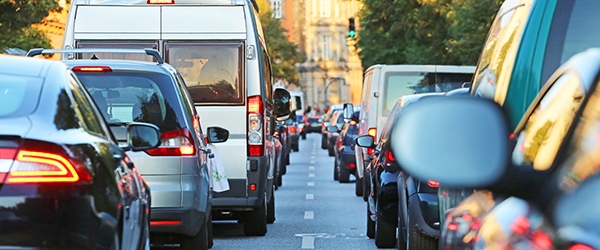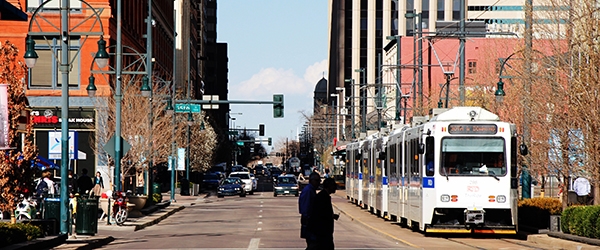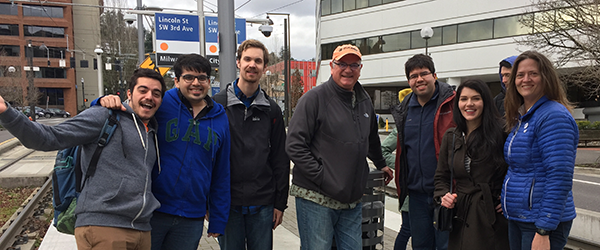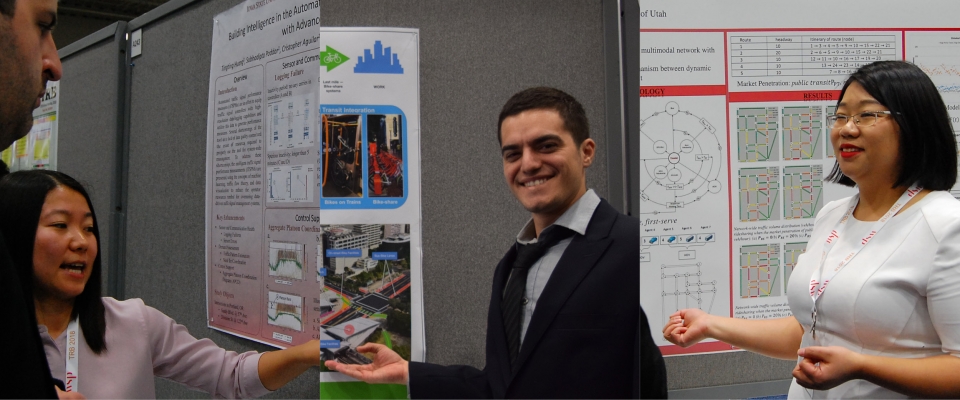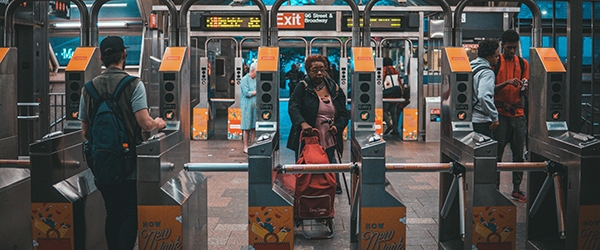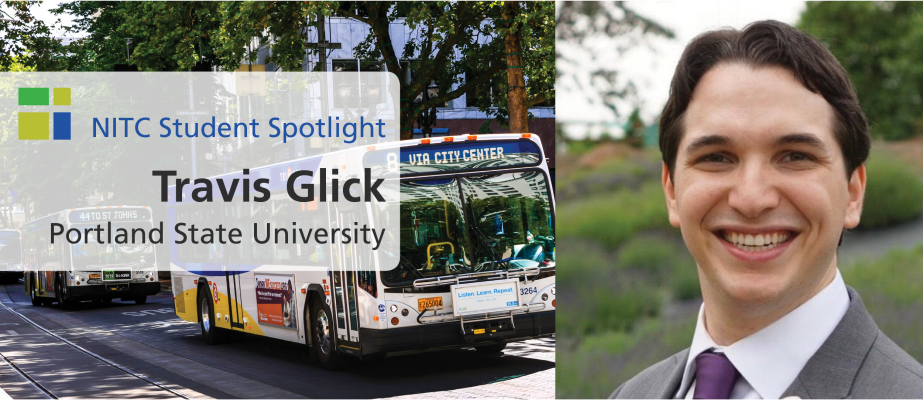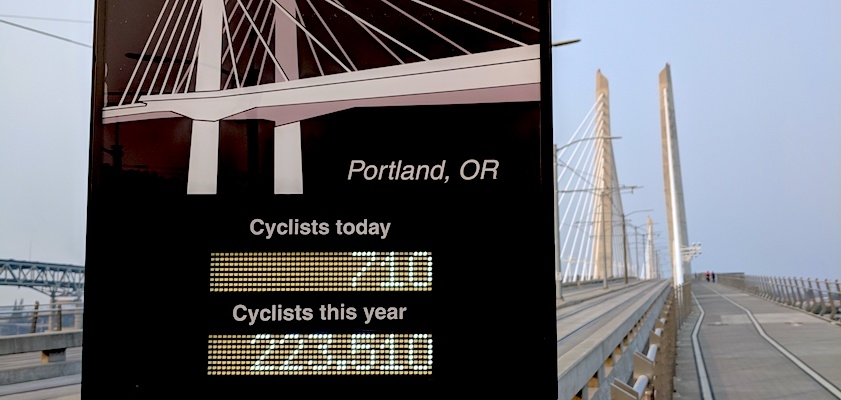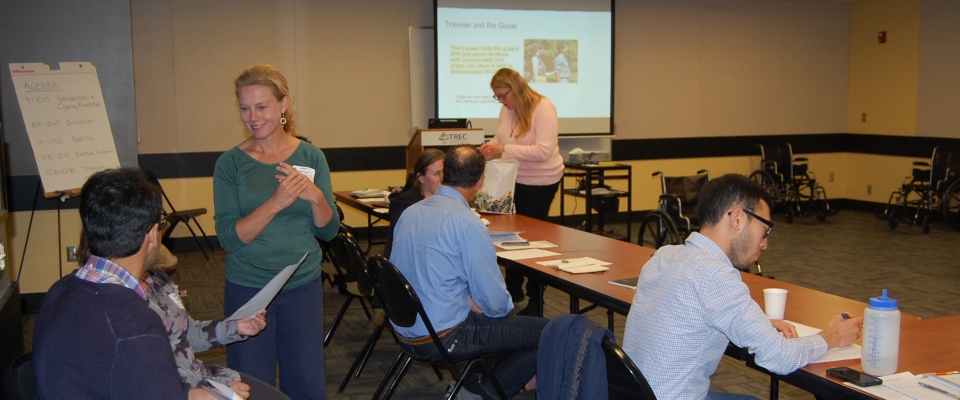Automobile traffic congestion in urban areas comes with significant economic and social costs for everyone. According to the 2015 Urban Mobility Report, the total additional cost of congestion was $160 billion. As more people move to metropolitan areas, the problems only intensify. The latest NITC report offers a new approach to urban traffic signal control based on network consensus control theory which is computationally efficient, responsive to local congestion, and at the same time has the potential for congestion management at the network level.
Traffic signals represent a significant bottleneck. As...
Read more
